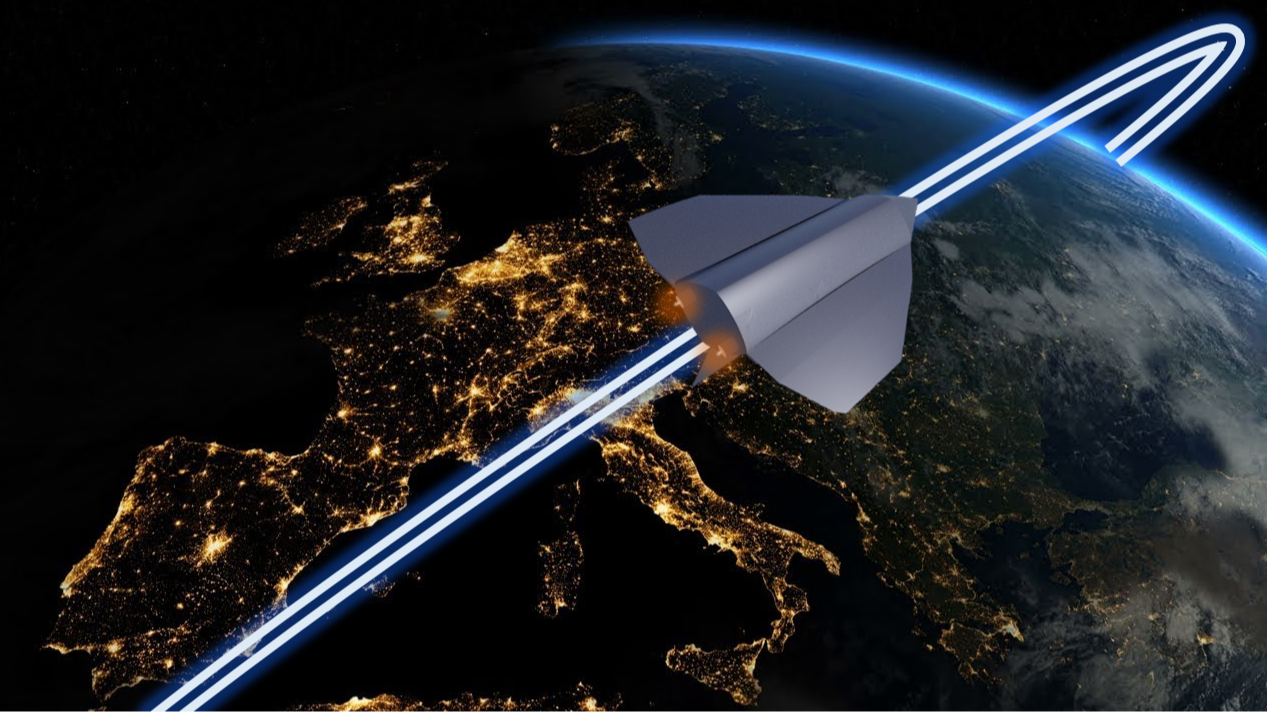In Very Low Earth Orbits (VLEO), one of the challenges consists in harnessing aerodynamic forces and moments while meticulously addressing the persistent issue of atmospheric drag. Indeed, a spacecraft in VLEO may be able to utilize the aerodynamic forces that arise as a by-product of the residual atmosphere as an efficient strategy to diminish the costs associated with orbital manoeuvres. This reduction could directly lead to an increase in the number of manoeuvers a VLEO satellite could perform before its demise. The idea of aerodynamically enhanced manoeuvrability is thus set forth in this proposal, as we believe it may represent an efficient means to improve the agility of space systems in VLEO (e.g. unpredictability, time to observations). Current research tends to limit the analysis to drag reduction, without considering the potential of the induced lift. Even when examined, the proposed solutions are restricted to low Lift-to-Drag (L/D) ratios (< 1.5) and limited to basic shapes analysis. In this study, we will perform a multidisciplinary analysis including geometry, mission and free-molecular aerodynamics in order to provide a system design that could take the most advantage of the fluctuating atmospheric conditions in VLEO. The focus will be set on maximizing and adequately controlling the lift force of the spacecraft by leveraging on higher L/D ratios, enabling the platform to perform manoeuvres at reduced propulsion costs.

